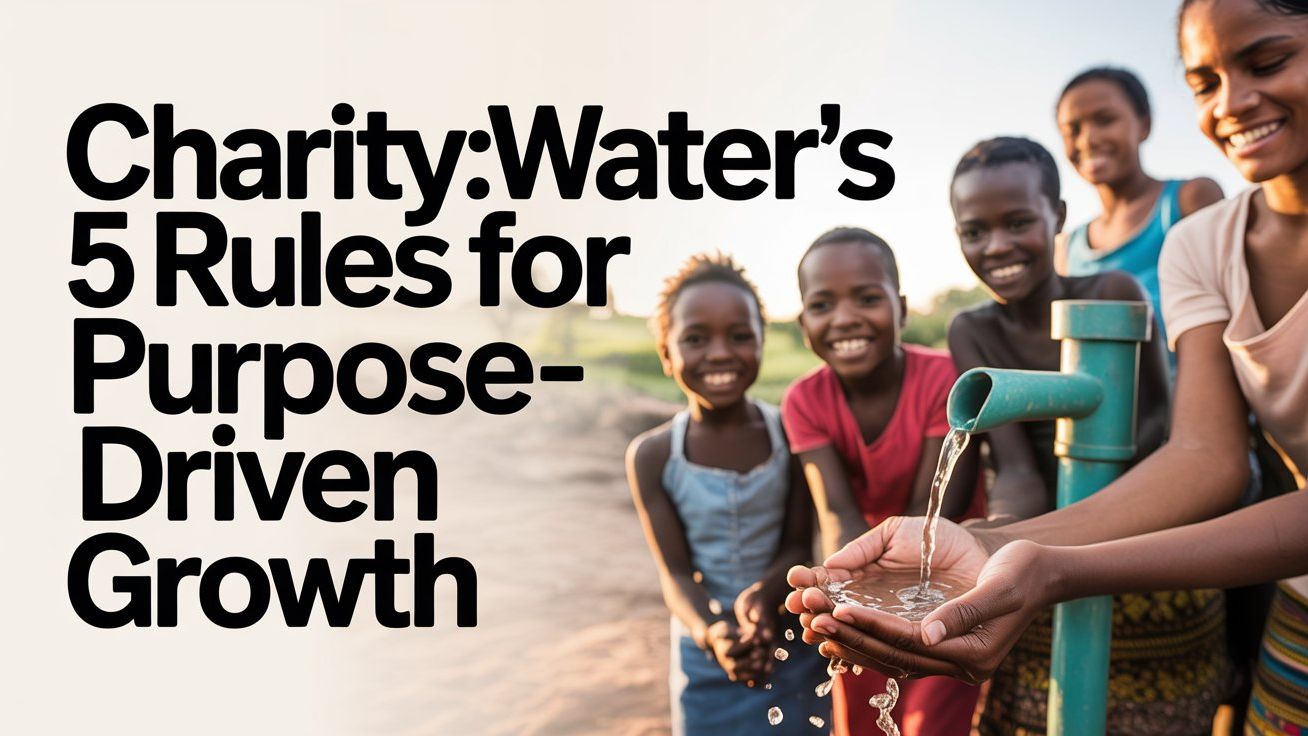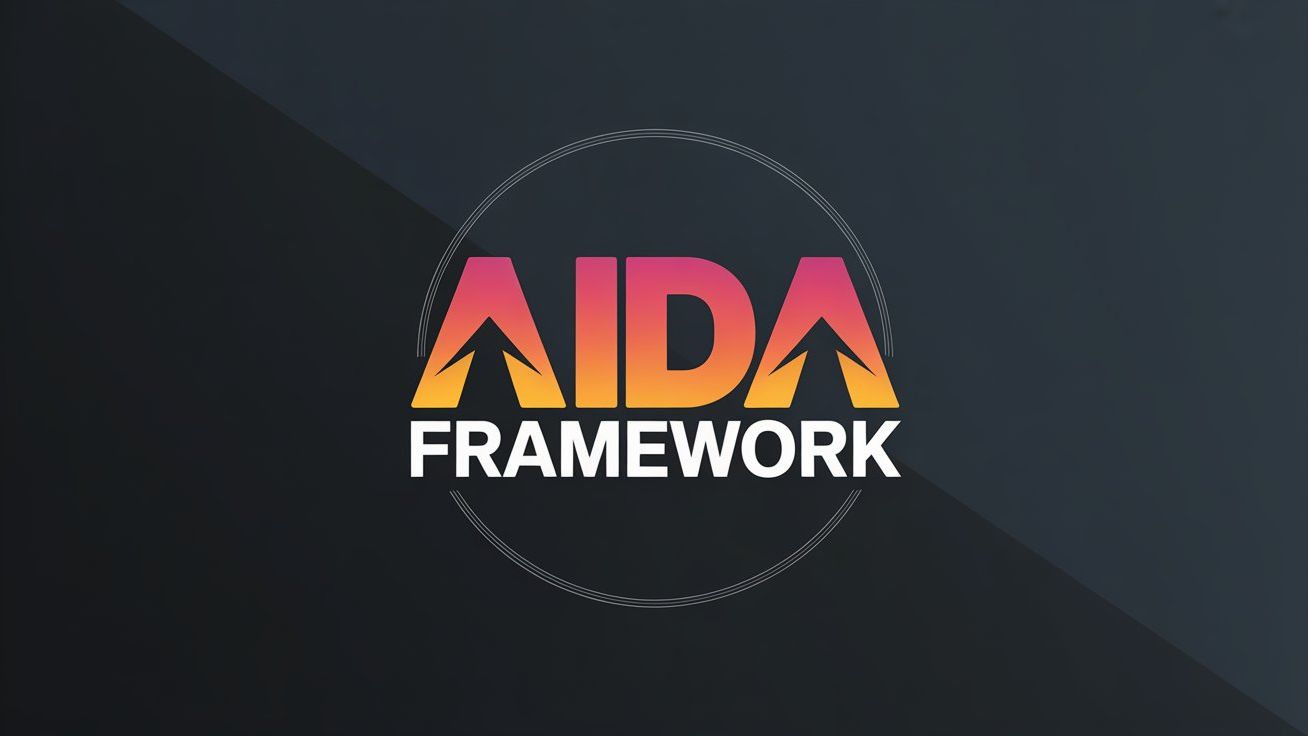
8 Tips to Harness the Power of Problem + Solution Marketing Over Email
Sep 23, 2022Many organizations spend countless hours putting together sales email campaigns to encourage their audience to purchase products or to make a donation. If your emails aren’t converting, it’s time to go back to the basics - and learn how to write problem + solution emails.
The problem+solution email format is a simple yet effective way to convey your message and convince your audience to take action. By focusing on the problem your product or service solves, you will more effectively sell over email. It’s the before-and-after effect.
8 Tips to Harness the Power of Problem + Solution Marketing
-
Focus on One Product or Service
A sales campaign shouldn’t be multi-focused. If you’re a nonprofit offering four different services to help injured veterans, you should have a sales campaign for each of them, and every email sent needs a clear call to action to donate to one service.
The same goes for a product-based business - if you’re selling multiple products, create different sales campaigns (and problem + solution emails) for each. This way, you can focus on the specific features and benefits of that product and how it solves your customer's problem.
Including too many products or services in a single email will only confuse your readers and make it less likely that they'll take action.
-
Identify The Main Problem You Solve
This may sound elementary, but in truth, it is extremely powerful. Your sales emails shouldn’t just sell products or ask for donations. Your sales emails should show how your organization helps overcome problems (or, to borrow a Storybrand phrase), “defeat a villain.” Once you decide what problem + solution this sales campaign will cover, you must talk about it repeatedly in each email in the campaign.
For example, if you’re raising money to fund research for a cure for cancer, each email should talk about how donations will help find a cure. You could discuss the problem of cancer and how it affects families, or you could focus on one person’s story and how your organization is helping them fight back.
-
State The Problem In The Subject Line
The subject line of your email is the first, and sometimes only, chance you have to get your message across. So make it count! Your subject line should be clear and concise, but most importantly, it should state the problem that your product or service solves. For example: “Tired of Feeling Anxious?”
-
Lead With The Problem In The Email Body
The first sentence of your email should identify the problem. You want to make it relatable so your audience can easily see themselves in the situation. For example: “Do you ever feel like you can’t catch a break?"
-
Show Empathy and Acknowledge Your Prospect’s “Pain”
Once you identify the problem you solve, acknowledge and empathize with the internal struggle or pain your client is experiencing without you. Then, introduce your product that will alleviate that pain.
To build rapport with your reader and make them feel as though you understand their pain, use statements that begin with “you.” For example: “You deserve to live a life free of anxiety. We can help you get there.” These type of statements will make your readers feel you understand them, making them more likely to take action.
-
Add “Life” to Your Problem + Solution Emails
Nothing will get an email closed faster than one without personality and promise. Don’t send cryptic emails without a “hook.” Share stories of transformation by showing exactly how a product solved a problem for Suzie and how her experience was transformative. Suzie’s life is better because of your product or service. Stories showing the transformation made possible because of your solution will help you convert more people over email.
-
Give Prospects Something to Clearly Reject or Accept
Asking for a sale or donation is tough, but if you believe in the powers of your service or product to solve your customer's problems, the right thing to do is present it clearly. In a problem + solution email, you can present your offer as the solution to a pain point you have just described.
Your prospect now has something specific to reject or accept. If they accept, great! You've just made a sale. If they reject, no problem - you can simply follow up with more information about how your product or service can help them.
-
Make It Easy to Take Action
A problem + solution email aims to get your prospect to take action, whether that's making a purchase, signing up for a free trial, or donating to a cause. To make it easy for them to do this, include a call-to-action (CTA) button or link prominently in your email.
Your CTA should be clear and concise and stand out from the rest of your email content. Use strong action verbs like "download," "sign up," or "learn more" to encourage your readers to take the next step.
Including a CTA will help increase your conversion rate and make your readers more likely to take action.
End With a Bang, Not a Whimper
Just like with any piece of writing, you want to end your problem + solution email on a solid note. Thank your reader for their time, restate the main points of your email, and include a final CTA.
Your goal is to leave your reader feeling motivated and inspired to take action. If you can do that, you'll be well on your way to achieving success with your problem + solution email campaign.
Get Started With Your Next Sales Campaign Right Now
Not every campaign will convert every person on your list; you may find that many people won’t purchase during or after an email sales campaign. That’s ok. Our job as a guide for our constituents is to offer our readers an opportunity to solve their problems with our products without fear and with total confidence.
If you’re unsure how to get started with problem + solution email content, or if you need help crafting an effective campaign, contact us today. We’d be happy to help you start on the path to success.







